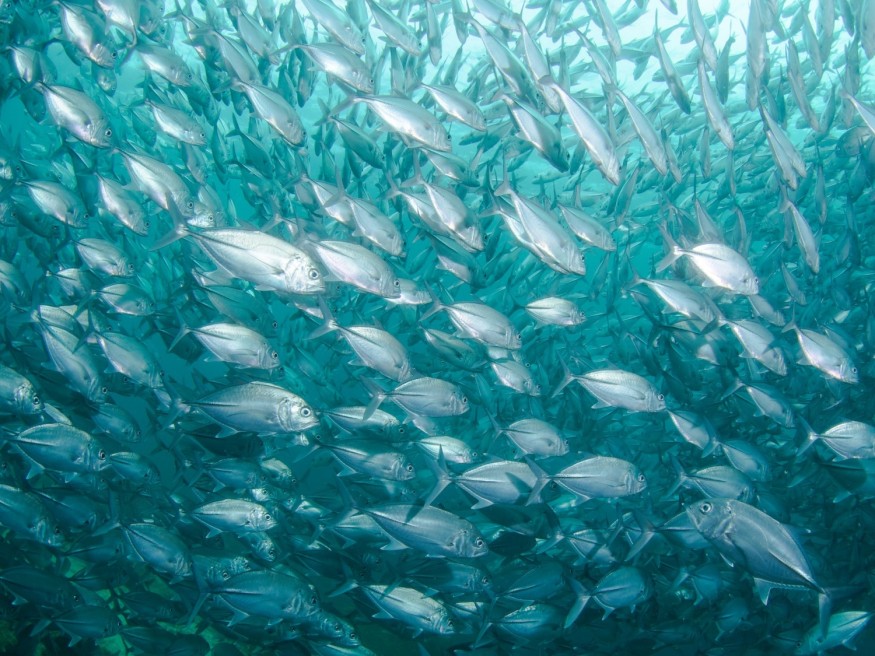Fish farm is a form of aquaculture where humans raise different fish species inside enclosures. Once grown, the aquatic animals (marine or freshwater) are sold into the market as raw food material. Fish farming has long been viewed as profitable since the practice has been described as "factory farms in water" which are equivalent to poultry farms on land.
Fish farming has also another purpose, boosting the endangered or threatened fish populations. One such case is the declining number of salmon populations, with only a few remaining in the world, according to the United States Geological Survey. While there are various factors for the population decline, scientists blame water pollution as the major cause.
Despite the fundamental objective of fish farming, which is meant to boost the global wild salmon population, are results in deadly impacts, according to a collective analysis of multiple studies, it was reported earlier this week. The groundbreaking discovery revealed that fish farms are killing wild salmons and the cases vary in different locations across the globe.
Fish Farms Kill Wild Salmons

In previous decades, the notable sign of global wild salmon population decline was recorded from 1983 to 1990 when salmon numbers decreased from 7 million to 5 million fish. Although this trend has slowed down since 1990, an additional 33% of salmons have died, resulting in their population plummeting to 3.38 million as of 2016, the North Atlantic Salmon Conservation Organization says.
Meanwhile, the United Nations Conference on Trade and Development (UNCTAD) stated that close to 90% of the world fish stocks are overexploited, depleted, or recovering. Due to this problem, fish farms were developed to address this ecological issue.
According to the Watershed Watch Salmon Society, the top three reasons that open net-pen fish farms threaten wild salmons:
- Fish farm diseases poses life-threatening risks to wild salmon.
- Salmon farms can spread common salmon lice to wild salmon.
- Farm salmon can escape and dominate native species for resources.
Water Pollution and Other Factors
As mentioned earlier, there are various factors that result in the deaths of wild salmons, in addition to anthropogenic or human-induced water pollution.
For instance, in a 2020 study published in the journal Science, researchers linked the acute mortality of coho salmon in the waters of the US Pacific Northwest with chemical from ubiquitous tire rubber. The findings of the research paper found that tire tread particles can turn streams toxic. These makes returning salmon to spawn in urban and suburban streams to be at dire risk.
Meanwhile, Washington state authorities identify that water pollution through the chemicals polychlorinated biphenyls (PCBs) and polybrominated diphenyl ethers (PBDEs) to be responsible for causing the following health hazards to salmon in Puget Sound:
- Reduce growth
- Increase disease susceptibility
- Alter hormone production
Overall, these chemicals reduce the survival rate of salmons. Combined with water pollution and fish farming, which is seen by some to be the solution to overfishing, can further lead to wild salmon population decline in the coming years.
© 2026 NatureWorldNews.com All rights reserved. Do not reproduce without permission.





